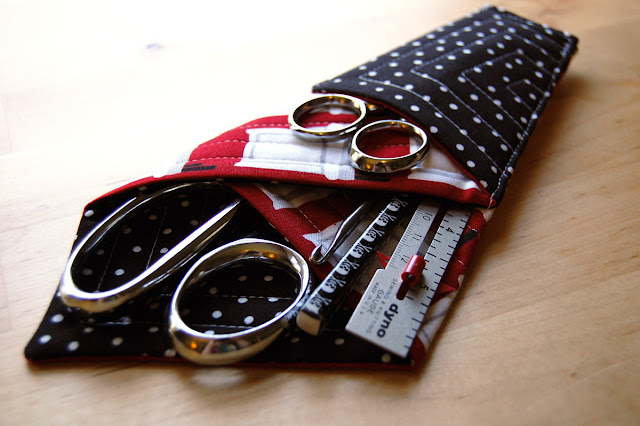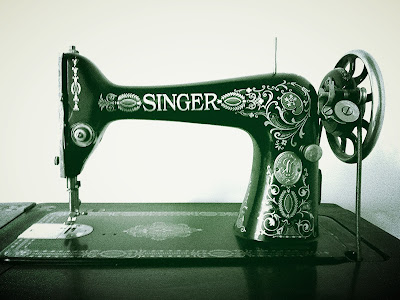300+ Years of Color Theory: The Natural System of Colors
This book is included in a reading list on the history of Color Theory. Find the homepage for the series here.
The Natural System of Colors by Moses Harris, first published C. 1776
Moses Harris was an English Entomologist with an interest in dragonflies, moths, and butterflies. His experience with color was direct; he was an accomplished artist who hand-painted his scientific engravings as realistically as possible.
There is evidence that Harris’ theories had influenced artists at the time, most notably the great English landscape painter J. M. W.Turner. Turner, who was very interested in Color Theory, sketched his own copy of the Harris Prismatic color wheel including the three overlapping triangles around 1825.
There is evidence that Harris’ theories had influenced artists at the time, most notably the great English landscape painter J. M. W.Turner. Turner, who was very interested in Color Theory, sketched his own copy of the Harris Prismatic color wheel including the three overlapping triangles around 1825.
Less than a handful of original books have survived, making this the rarest book in the Color Theory book list. Because the original copies of the hand-painted color wheels number so few, there has been some debate over the original intent and meaning in Harris’ color wheel.
It is obvious Harris was aware of Newton’s work on color in Opticks. He refers to Newton on page 3 as the first to take the prismatic colors and bend them into a wheel, placed in a successive color order “which nature seems to demand.” Just like so many other 18th and 19th Century Color Theorists, Harris didn’t fully understand the differences between his own ideas based on the perception of colored pigments, and Newton’s ideas based on the system of colored light.
I haven't seen direct evidence that Harris had read Le Blon's book, but it sure looks like he was aware of it. His system seems directly based on Le Blon's system right down to calling the basic colors "Primitive."
I haven't seen direct evidence that Harris had read Le Blon's book, but it sure looks like he was aware of it. His system seems directly based on Le Blon's system right down to calling the basic colors "Primitive."
Color Wheel
Harris’ system is comprised of three basic color, red, yellow, and blue, which he believes can be used to create all other variety of colors. This is what we know as the subtractive color system today. Also known as the RYB system or the Artist’s Color Wheel, this system is used to assist in mixing paints, inks, and dyes. Following the Color Theory breadcrumb trail from current times, the color wheel first published by Harris is still used in a similar form today.
Harris’ system is comprised of three basic color, red, yellow, and blue, which he believes can be used to create all other variety of colors. This is what we know as the subtractive color system today. Also known as the RYB system or the Artist’s Color Wheel, this system is used to assist in mixing paints, inks, and dyes. Following the Color Theory breadcrumb trail from current times, the color wheel first published by Harris is still used in a similar form today.
Harris breaks his color system down into two separate color wheels. The first he names Prismatic, which is based on his three Grand Primitive colors RED, YELLOW, and BLUE.
The three Primitive colors take the form of triangles in the center, overlapping to create black. Note that the wedge-shaped colors around the wheel are numbered, beginning with red at number 1, continuing through the wheel in successive color mixes between the three Primitives to number 18. Moving from the inside of the wheel out, the colors grow from a darker shade to a lighter tint in established rings numbered from 20-2 (counting by 2’s). The 18 colors represented in 20 different shades displays a total of 360 different colors.
Mixing any two of the three Primitive colors together will produce a second set of colors (red + yellow = orange, yellow + blue = green, blue + red = purple) which Harris calls the Mediates. His Compound color wheel is based on mixes of the Mediate colors, ORANGE, GREEN, and PURPLE. The wheel is organized exactly as the first, resulting in a range of 360 different colors.
In these photos taken from an original copy of the book, notice the use of printed lines around the circle to add darker shading to each color, and the delicate use of applying the paint to create light washes. The resulting effect is a darkening of the colors towards the center, and lighter colors at the outside perimeter. The Harris Prismatic color wheel was later illustrated in other books about color, sometimes printed without the delicate shading, sometimes with fewer gradations of shading, and sometimes without any color at all. It seems certain the original intention was to show the many tints and shades of each color, as Harris mentions more than once the number of the colors in his wheel to be 360.
Theory of Opposites
Harris is the first to write about the attributes of what we know as Complementary colors. Colors opposite each other on the wheel have special properties when used together. He notes that these colors make the strongest contrast when used right next to each other. Two opposites cannot be mixed together to create a new color, as a mix results in “…a dirty unmeaning color.” Therefore, since opposite colors on the wheel do not mix, any colors that you may want to mix together will work better the closer they are to each other on the wheel.
Finally, Harris adds two examples to support the special qualities of his color opposites, a very early example from a Color Theorist of both Successive and Simultaneous Contrast.
First, an experiment in successive contrast, “If a pair of green spectacles are placed before the eyes and viewed through for about five minutes, and then taken away every scene and object will look of a fiery red, opposite to green you will find red.”
Next, an experiment in simultaneous contrast where a candle is placed on a white sheet of paper bathed in the light of the moon. “The candle by its light may throw the shadow of the stick on the paper, which will be of a very fine blue color, this appearance arises from the orange color which the flame of the candle casts all over the paper, except that part shadowed by the stick. Look into the prismatic system which will account for this, by informing the reader that blue is the contrast to orange.”
While Newton gave us the first Color Wheel, Harris gives us the first working model of a subtractive color system to include tints and shades, and writes about his perception of the power of opposite colors in his wheel, the Complementary colors.
At just 10 pages long, this book is an easy read and I highly recommend it! While this may be one of the hardest Color Theory books to actually get your hands on, if you have a Google account and Google Reader, you can grab the book for free right here.










Comments